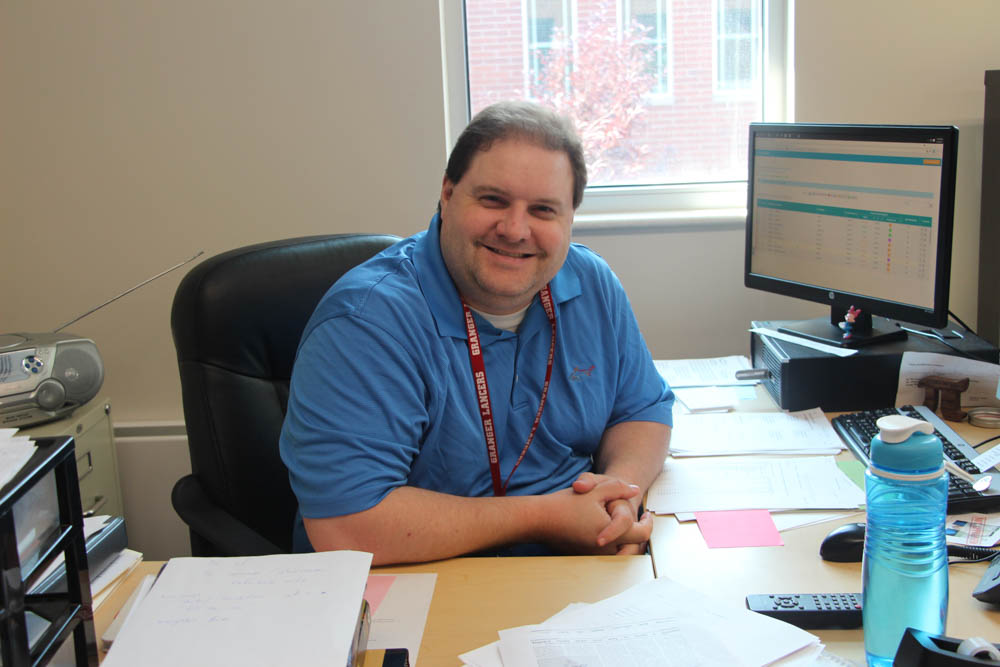There’s more than one way to build a teacher
MANY STATES throughout the country, including Utah, have recently been suffering from a teacher shortage. Throughout the school year, teaching positions are opening, but they aren’t being filled. Efforts have been made to combat this shortage, keep existing teachers in their positions, and attract new ones.
One of the most common attempts comes through nontraditional routes to teacher licensure. In Utah, there are two ways to receive a teaching license without taking the traditional route, which requires completing a formal teacher preparation program in college.
The ARL, or Alternative Route to Licensure, allows those with a bachelor’s degree in a field other than education to teach while taking classes that will help them understand how to educate students. The Academic Pathway to Teaching (APT), approved last August by the Utah State Board of Education, provides licensure under slightly different conditions.
In the midst of a statewide teacher shortage, these licensure pathways are one route toward a much-needed solution. “In Utah, 42 percent of new teachers quit within five years of starting, and more than one-third of those who leave the profession do so at the end of their first year, according to the Utah State Office of Education,” as stated on the deseretnews.com website.
While some believe pathways such as the ARL are a reasonable way to counter the teacher shortage, others doubt whether nontraditional routes to licensure produce as effective teachers as does traditional training.
“If they have not been trained to be teachers, it may or may not work out well in the classroom. Just because you have a bachelor’s in your field of expertise or a particular area, does not mean you know how to teach,” Ms. Gaskins said.
But some believe there are potential benefits to studying a specific content area in college rather than majoring in education. “You should spend four years of college learning your subject really well, and then you can spend a year and a half learning how to teach through the ARL,” Mr. Stones said.
In order to receive a teaching license under the ARL, applicants must first find a school that will hire them. The applicant must then teach at that school for up to three years while taking classes and working towards the licensure requirements. Once the qualifications have been completed, the applicant is given a Level 1 teaching license.
Another attempt to retain teachers comes through an increase in salary. Granite School District recently approved a pay raise for teachers, and while Jordan School District did the same, Granite’s increase was larger. “These adjustments will push Granite’s starting teacher salary to the highest in the Salt Lake Valley at $41,000 a year beginning with the 2017-2018 school year,” as stated on the magnatimes.com website.
But not all school districts are implementing pay increases, meaning that alternative routes to teaching licenses remain one of the biggest steps toward combating the shortage. “I think these routes are one out of probably a lot of things that could help. They’re a good opportunity because they can bring in teachers that have different experiences and backgrounds,” intern assistant principal, Mr. Neilson said.
Many are unsure whether programs like the ARL will effectively halt the teacher shortage. “It’s a really difficult problem. If someone had the answer to how to solve the teacher shortage, they’d make a lot of money. It’s a problem that needs a solution,” Mr. Stones said.








